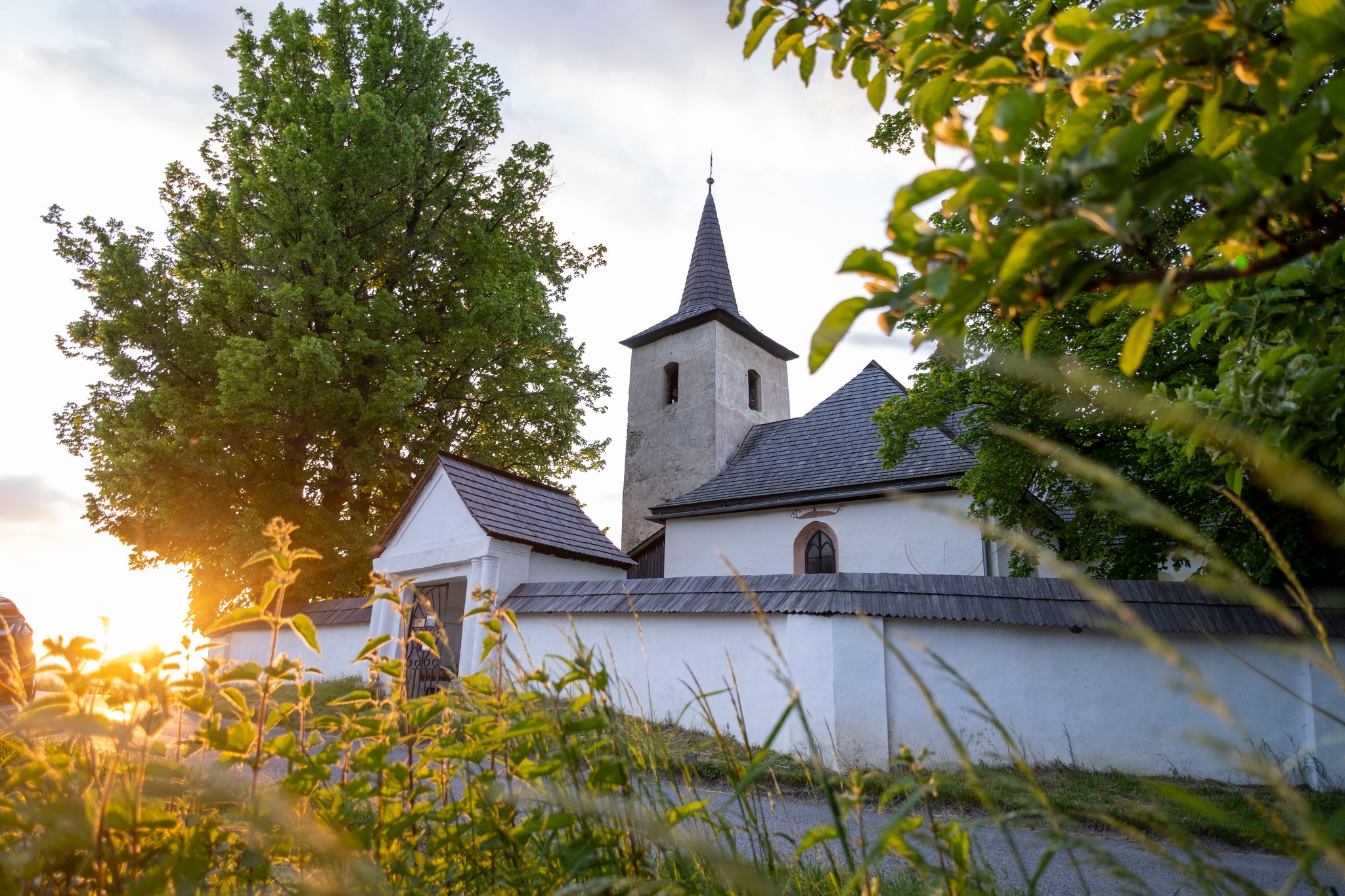
Who’s the fourteenth figure at the Last Supper?
Medieval murals in the Gothic All Saints’ Church in Ludrová – Kút will captivate you and offer a fresh perspective on the Bible.
It’s well known that, according to the Bible, Christ had twelve followers – his disciples. The evening before the crucifixion, these apostles gathered for the Last Supper, where Christ shared bread and wine. Jesus and the twelve disciples – a total of thirteen. Simple, right? But what if that number doesn’t quite add up?
Just outside Ružomberok, in the middle of fields near the village of Ludrová, lies an early Gothic church dedicated to All Saints. It was most likely built in the last third of the 13th century as a “colonisation church”, consisting of a sanctuary, a nave, and a small sacristy. Over time, however, the church became too small, and several additions and renovations followed. Starting in the mid-15th century, a side aisle, tower, and defensive wall were added. The church as we see it today actually took shape in the 19th century. Inside, you’ll find elements of Romanesque, Renaissance, and Classicist styles, but Gothic architecture still reigns supreme.
The church’s ancient exterior and remote location are striking, but it’s the interior that holds the real surprises – its walls are adorned with murals. The oldest of these are the “consecration crosses”. These are often the first decorations in a church because they signify that it has been consecrated by a bishop. They tended to be painted on small plaster sections, while the rest of the walls remained unplastered – as we can see in the church in Ludrová – Kút.
At the beginning of the 15th century, a triptych was painted on the northern wall of the main nave. The left panel depicts Our Lady of Protection, the central panel shows the Sorrowful Christ, and the right panel portrays John the Baptist with saints. What makes the central painting stand out is that Christ’s halo is not flat, but three-dimensional.
The sanctuary, almost entirely covered in murals dating back to around 1420, is perhaps the most remarkable part of the church. These paintings form a “Christological cycle” – a visual narrative of Christ’s life. On the northern, eastern, and southern walls, there are 34 New Testament scenes, from the Annunciation to the Descent of the Holy Spirit.The first scene is painted in the upper left corner of the northern wall. The cycle continues across the eastern wall and onto the southern wall. It then “turns” into a middle and, finally, a lower row, where the cycle ends. The sequence of the scenes follows the events of the Holy Scripture, which is why this cycle is referred to as the “Bible of the Poor”, as it made the content of the Bible accessible to illiterate believers.
Obviously, the artists took their inspiration from the Bible. A central motif is depicted in each scene, often accompanied by additional details, while also reflecting the historical interpretation and an attempt to make it relatable to churchgoers. For instance, the Roman soldiers accompanying Jesus as he bears the cross are shown wearing medieval helmets. The devil is depicted with a royal crown, indicating that he is the ruler of hell. The crown of thorns, usually a small and intricate detail, is simplified with a thick green line, symbolising its plant origin. In the painting of the Ascension, only Christ’s feet and part of his garment are visible, reflecting the fact that he is in the air and rising to heaven.

To make the Biblical content understandable through imagery, some non-standard and unique solutions were also used. The best example is the painting of the Last Supper. One might expect thirteen figures here – Christ and the twelve apostles – as this would be both understandable and accurate. However, in this case, fourteen figures are painted, meaning someone extra is present. But who? Identifying this person may seem difficult at first, as only three disciples are readily identifiable. Judas, the only one without a halo, has a pouch at his waist. Saint Peter, with a bald spot, sits at the edge of the table as Christ washes his feet. Saint John is seated in the middle of the top row, embracing Christ. Hang on, Christ is washing Saint Peter’s feet and embracing Saint John at the same time? Exactly. Christ is depicted twice, which is why there are fourteen figures. This is the only instance in Slovakia where two Christs are shown in a painting of the Last Supper.
The Church of All Saints in Ludrová – Kút hides even more in its paintings – Judas hanging, a three-armed figure, and even the name of a rock band. All this and more can be found in this picturesque little church. The building is managed by Liptov Museum and is open to visitors during the summer season. Those who don’t believe should go and see for themselves.
This Gothic Church is part of Liptov Museum.
Be sure to visit these additional exhibitions:
- Liptov Village Museum in Pribylina – Explore exhibits showcasing the housing and way of life of various social and societal classes in Liptov throughout history.
- Black Eagle Museum, Liptovský Mikuláš – Discover the history of hunting and fishing in Liptov..
- Liptovský Hrádok Museum of Ethnography – A sheep farming exhibition, a folk art gallery, traditional blue printing in Liptov, and the Gallery of Bobbin Lace. Explore the Chamber Office of the Likava-Hrádok Estate, the Historical Salt Route, and the history of Liptovský Hrádok
- Peasant House and Yard, Vlkolínec – An exhibition on traditional housing and ways of life.
- Maša Mining Exhibition – Liptovský Hrádok – Learn about the traditions of mining and metallurgy in Upper Liptov.
- Likava Castle – Built to guard a River Váh crossing and an important trade route leading from Považie to Orava and onwards to Poland.
- Mining House Vyšná Boca – An exhibition of the traditional lifestyle and housing of mining families.
- Archaeological Open-Air Museum, Liptovská Mara – Havránok – One of Slovakia’s most significant archaeological sites.
Galery
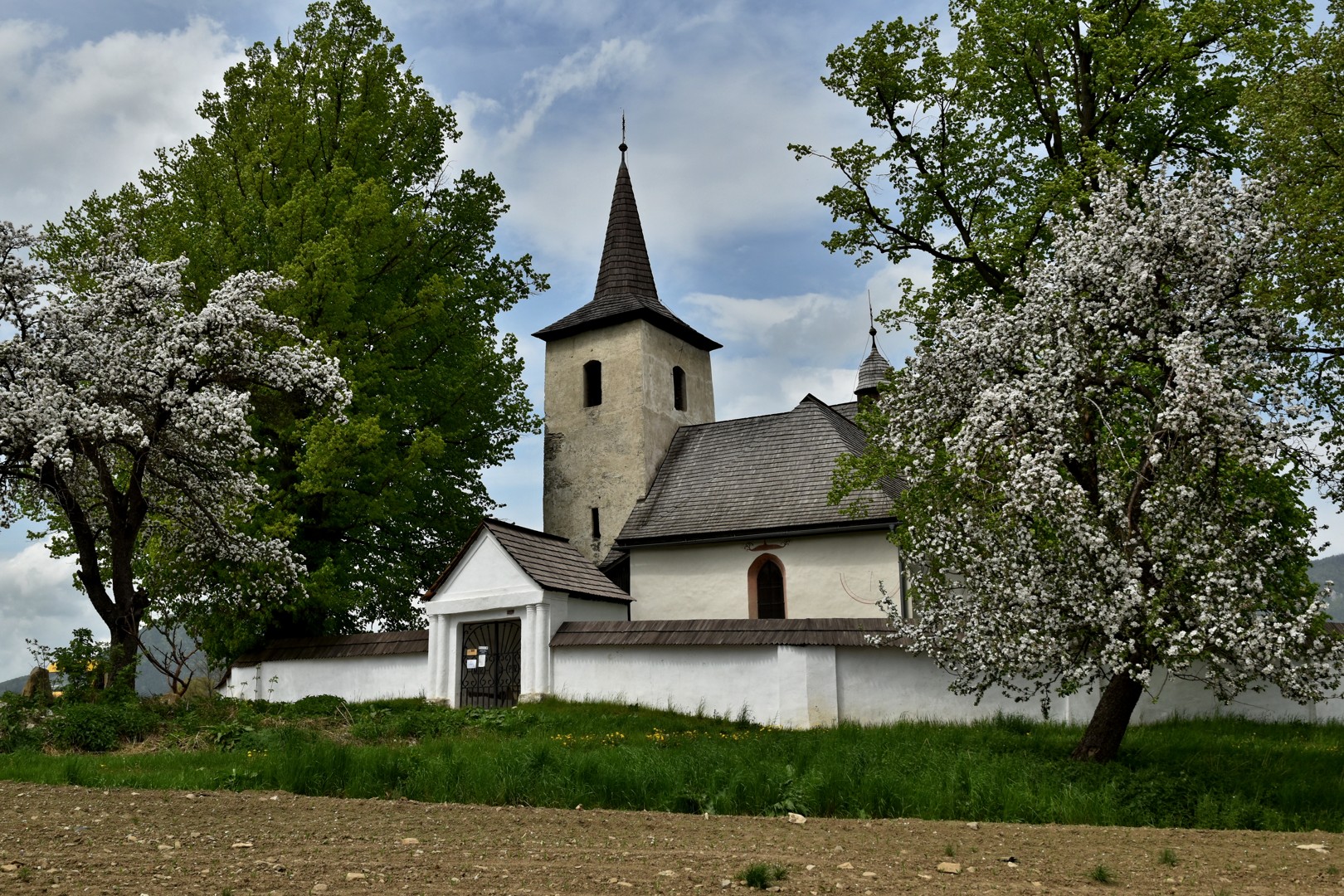
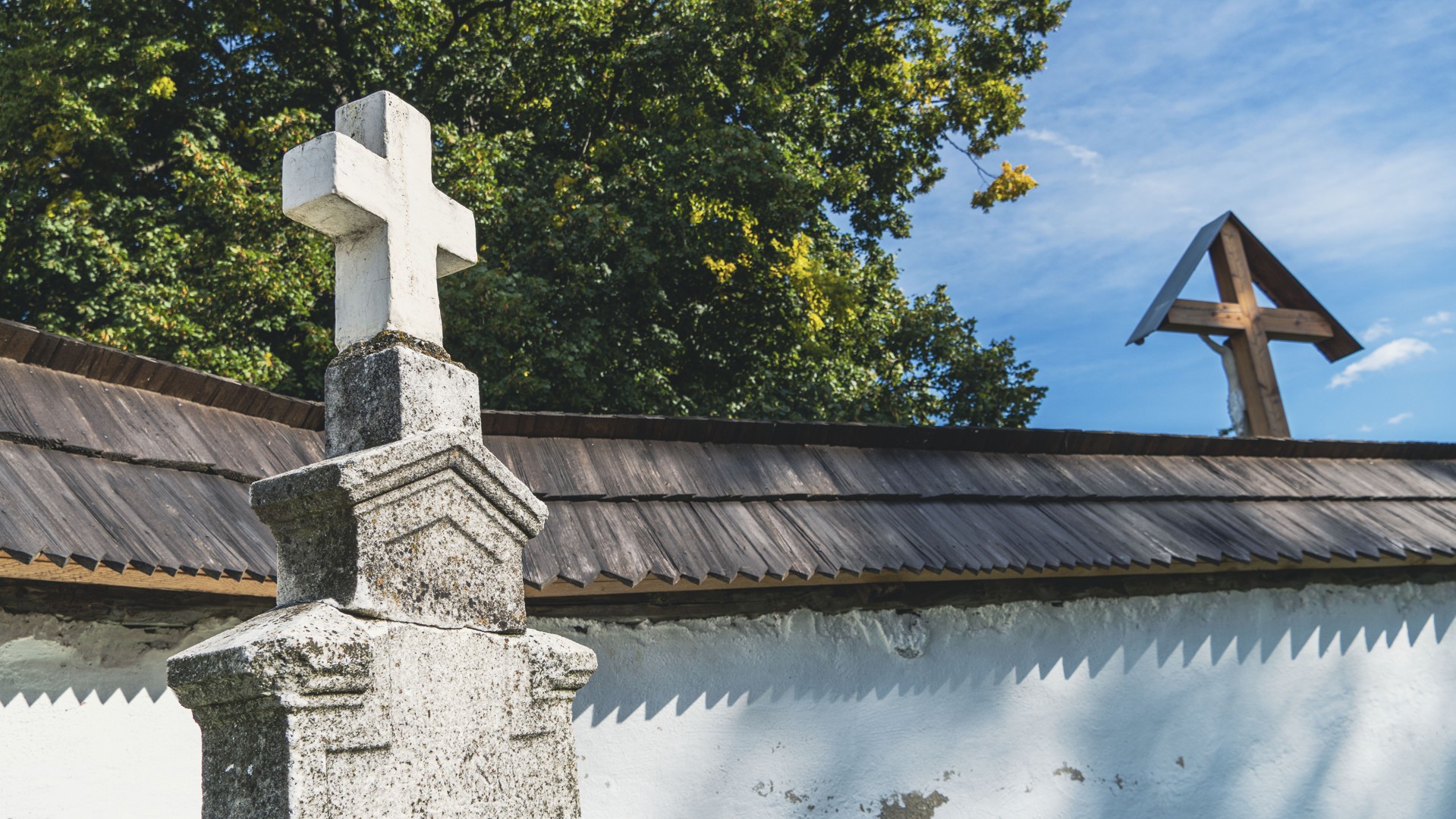
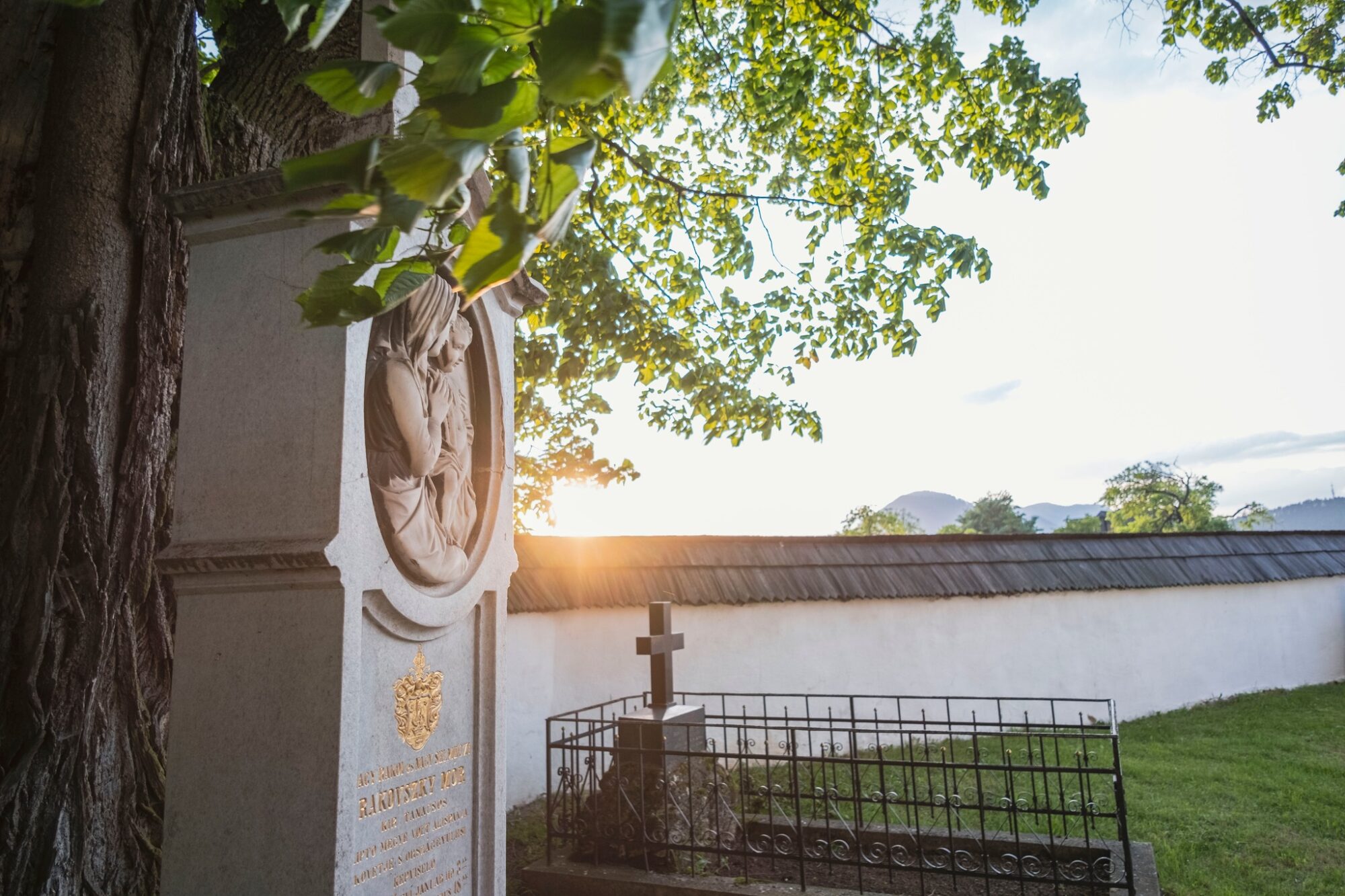

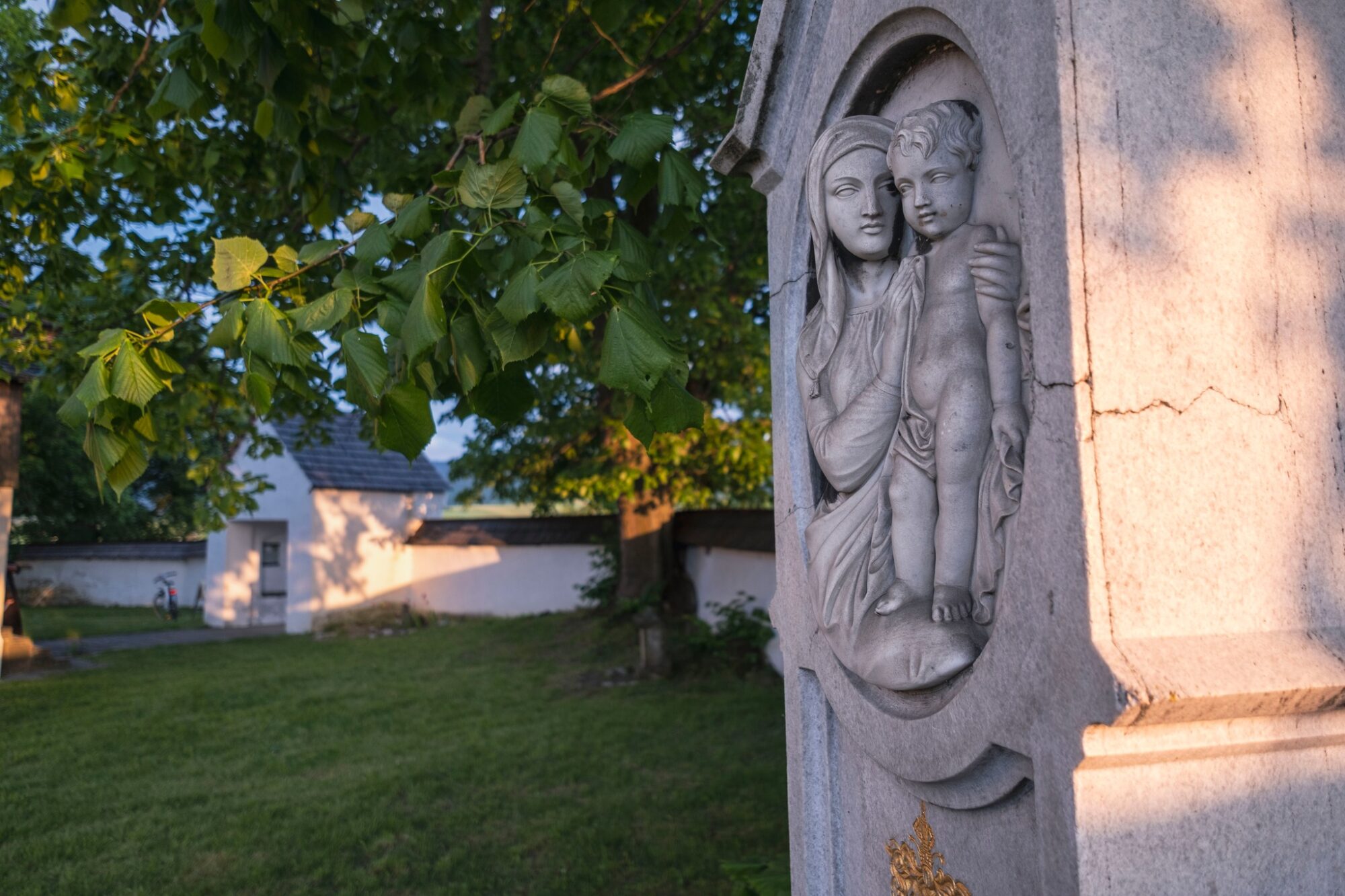
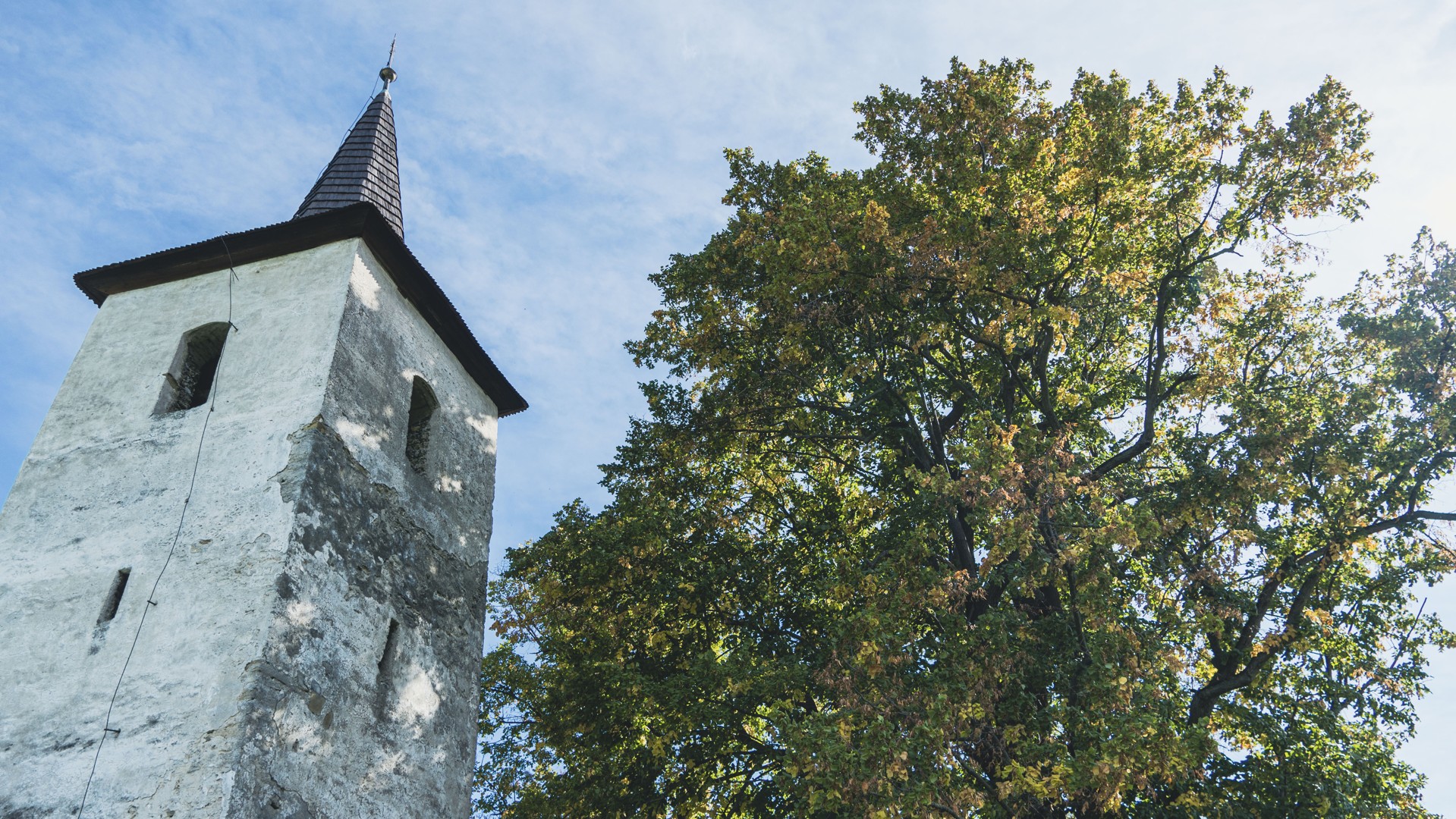

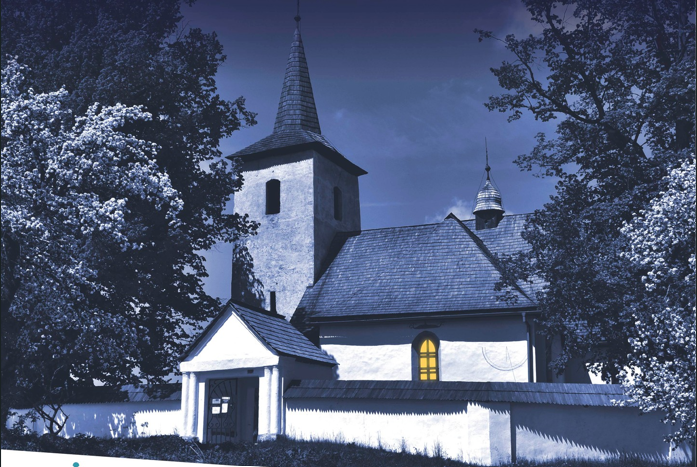

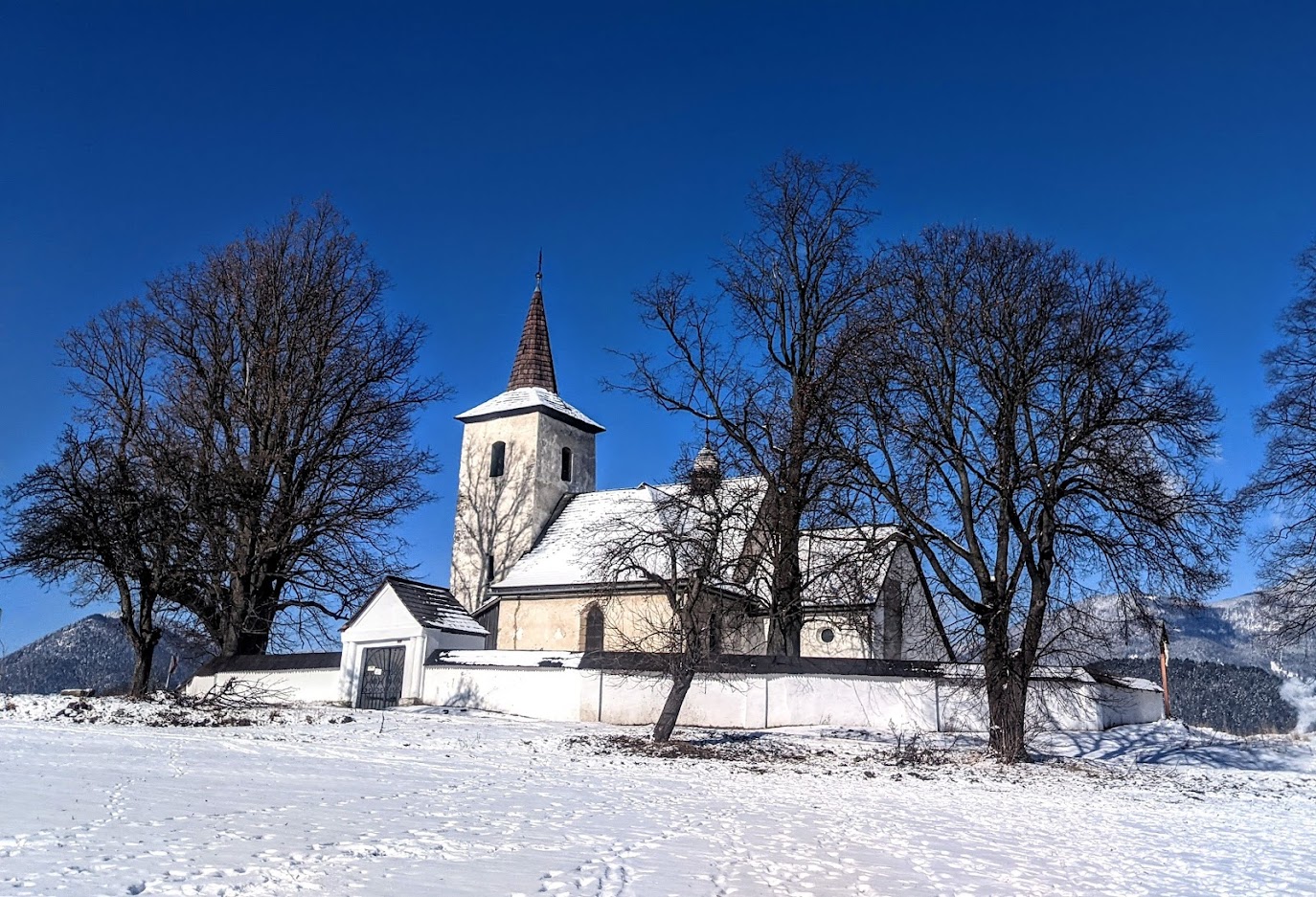
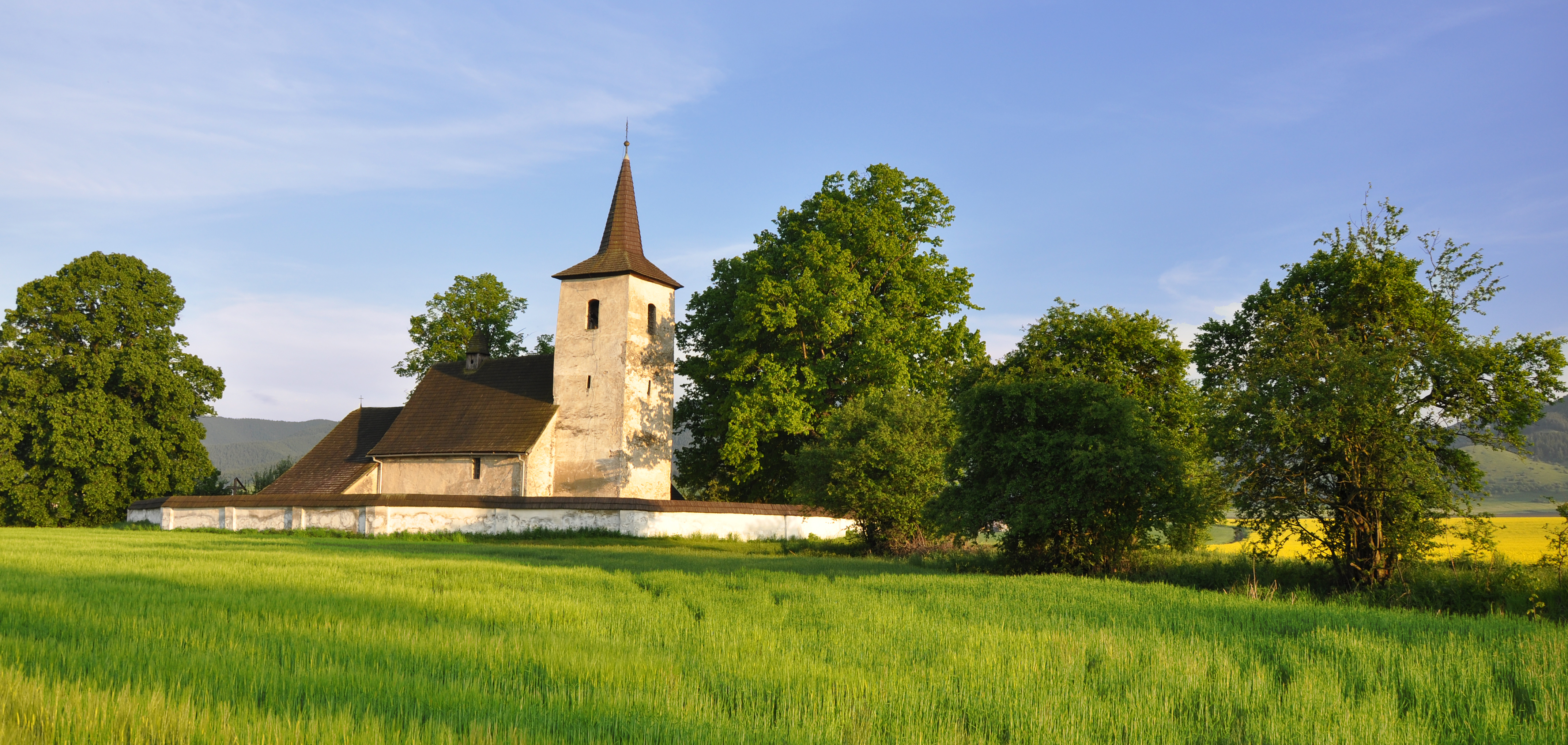
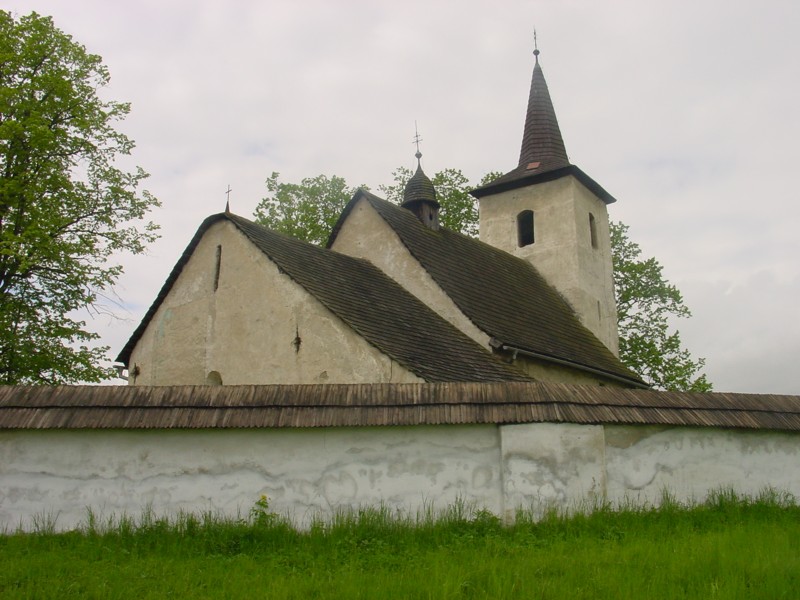

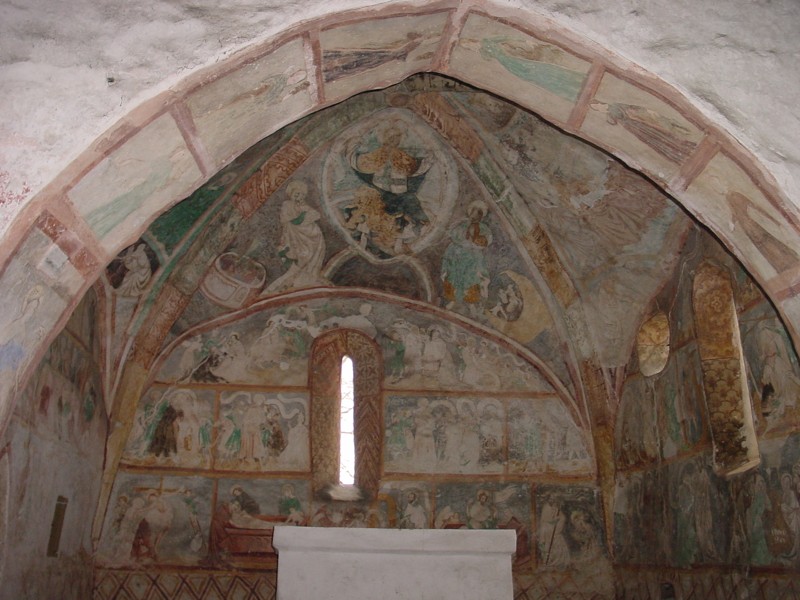
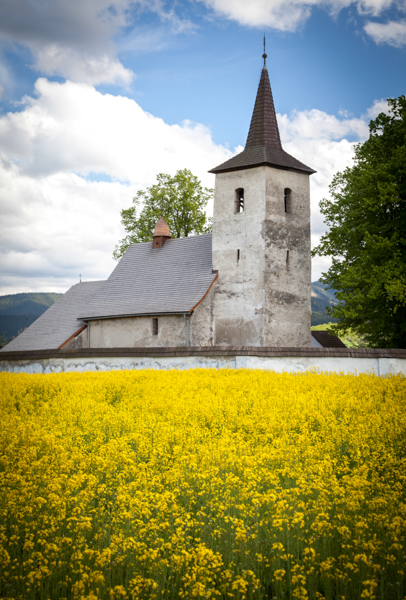
Source: FB Liptov Museum

